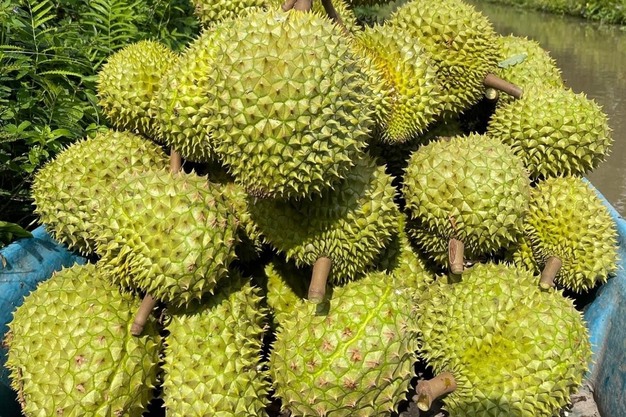The European Union (EU) has escalated the frequency of inspections on Vietnamese durians, moving from 10% to 20% of shipments at its borders. This adjustment follows the detection of excessive pesticide residues on these fruits, in violation of EU safety standards. The Vietnam SPS Office, under the Ministry of Agriculture and Rural Development, disseminated this information following updates to Regulation (EU) 2019/1793.

On December 19, the Vietnam SPS Office was notified by the SPS/WTO Committee Secretariat about the new Regulation (EU) 2024/3153, issued on December 18, 2024. This regulation temporarily intensifies official controls and emergency measures on imports from certain third countries, including Vietnam, to ensure compliance with EU pesticide residue regulations.
The increased inspections are a response to findings of high levels of pesticides such as Carbendazim, Fipronil, Azoxystrobin, Dimethomorph, Metalaxyl, Lambda-cyhalothrin, and Acetamiprid on Vietnamese durians. These substances exceeded the EU's maximum residue limits (MRLs), which range from 0.005 to 0.1 mg/kg, with violations observed between 0.021 to 6.3 mg/kg.
Despite the heightened scrutiny on durians, the EU maintains its current inspection rates for other Vietnamese agricultural products, with dragon fruit at a 30% inspection frequency and chili peppers and okka at 50%. These products are required to include pesticide residue analysis results with their shipments.
The EU conducts bi-annual reviews of compliance with its food safety regulations, which may lead to adjustments in border inspection frequencies for specific products based on the findings.
Source: Vietnam.net
